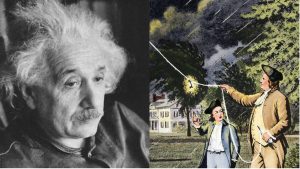Facts About Famous Alamo Defender Jim Bowie
Like many of the American folk heroes of the 19th Century, Jim Bowie was famed for his ruggedness and mastery of the wild frontier. Of course, he would be a much bigger figure of legend after taking command of the brave defenders of the Alamo when they stood against superior numbers and all but certain doom in 1836.
Like many legends of the West, Bowie’s legend was the subject of more than a few tall tales. As such, there’s a lot of value in setting them right and letting Bowie’s real accomplishments stand on their own. Let’s do just that.
Bowie Didn’t Create His Famous Knife
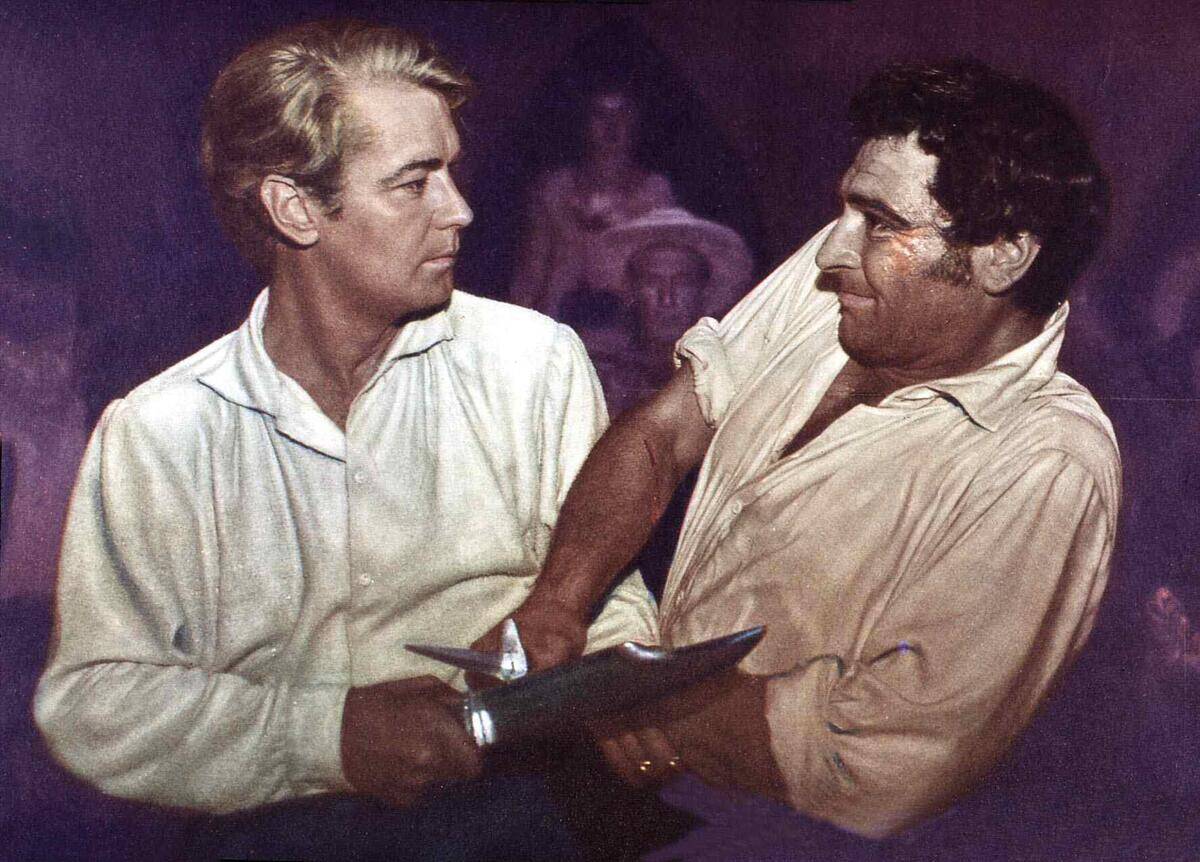
One of the first things that comes to mind when Bowie’s name is mentioned is his famous knife, and in the time since he wielded it, he’s also sometimes been credited with creating it. However, the Texas State Historical Association explained that it was actually Bowie’s brother Rezin who designed it.
After Bowie had been shot in a fight, his brother wanted to have a special hunting knife created for him to protect him. For this, he turned to a blacksmith and friend of the brothers named Jesse Clifft, who forged it according to Rezin’s specifications during the 1820s.
Bowie Was Originally A Spanish Subject
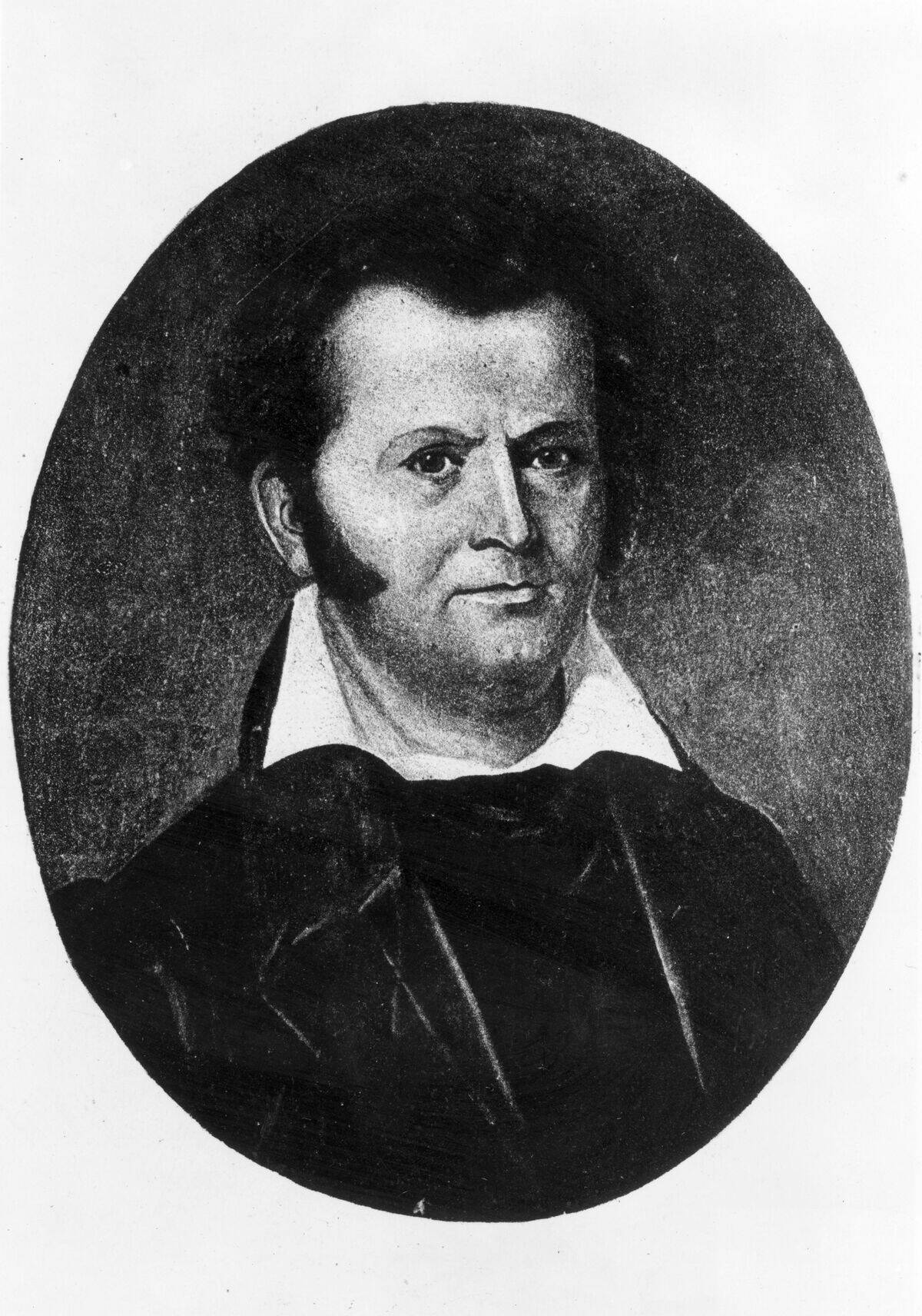
Although Bowie was born near Terrapin Creek, Kentucky, his father, Reason, moved their family to Missouri and then Louisiana when Bowie was five in 1801. According to the Texas State Historical Association, it was after this move that Reason and his brothers John, Rhesa, and David all swore allegiance to the Spanish government.
Bowie would obviously end up breaking his father’s oath when he became involved in the Texas Revolution, but his family became American citizens after the Louisiana Purchase anyway. The elder Bowie would pass away in Louisiana’s Atakapa County in 1821.
Bowie Was Unlucky In Love In The Most Tragic Ways
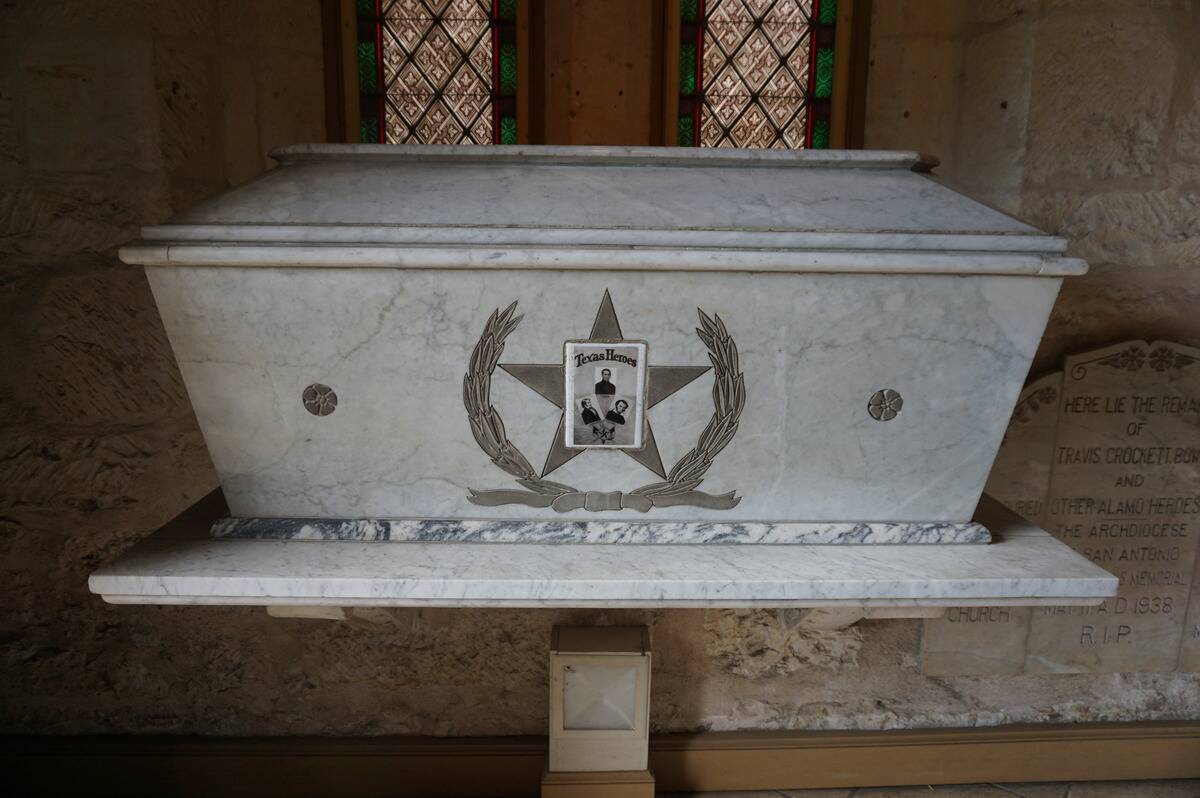
According to the Texas State History Museum, Bowie married Maria Ursula de Veramendi, the daughter of who was then Texas’s vice governor, in 1831. Prior to moving to Texas, Bowie had also become engaged to a woman named Cecelia Wells, according to the Texas State Historical Association.
However, both of these relationships ended tragically, and Bowie didn’t have much time to enjoy either of them before that happened. That’s because Wells died two weeks before their scheduled wedding day on September 7, 1829, and de Veramendi and her parents died from cholera in 1833.
Bowie And His Brother Missed The War Of 1812
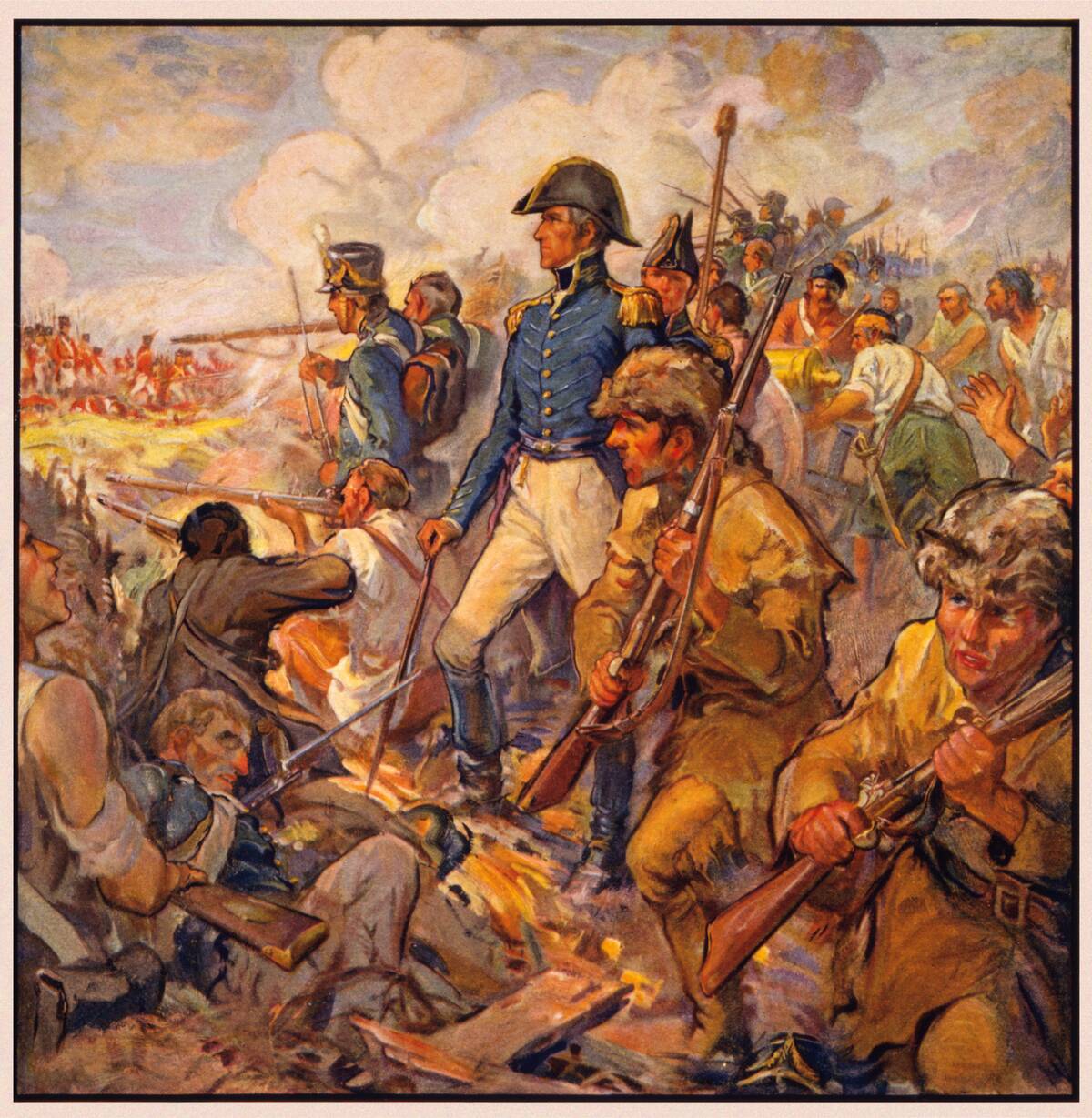
Bowie may have had more than one brother, but he was clearly closest to Rezin. Indeed, if things had gone a little differently, the two would have fought alongside each other in the War of 1812. Pursuant to that goal, they joined the Second Division, Consolidated.
Specifically, this division was a consolidation of the Army’s 17th to 19th regiments, which pulled from various parishes throughout Louisiana. According to the Texas State Historical Association, they were about to join Andrew Jackson’s at New Orleans when the war ended in January 1815.
He Was A True Frontiersman
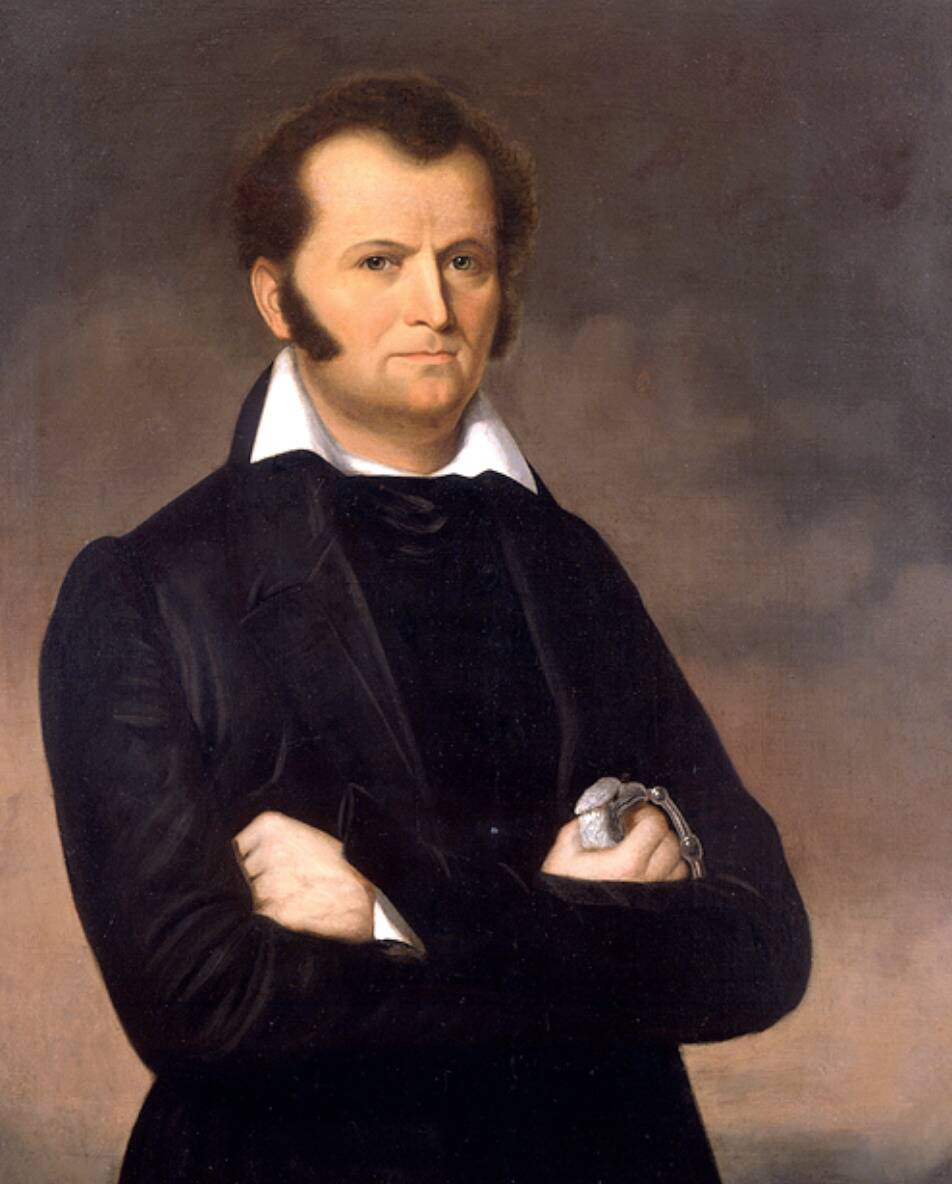
Between 1817 and 1818, Bowie invested in property in the Bayou Boeuf area after spending a period floating lumber to market. There, he enjoyed hunting and fishing, but did so to a more intense degree than hobbyist hunters would be inclined to nowadays.
Not only was Bowie able to catch and ride wild horses but he also trapped bears. Moreover, his upbringing in Louisiana prepared him for an activity that would make most folks squeamish: Riding alligators. Bowie definitely sounded capable in the wilderness.
Bowie Made His Knife Famous In One Intense Brawl
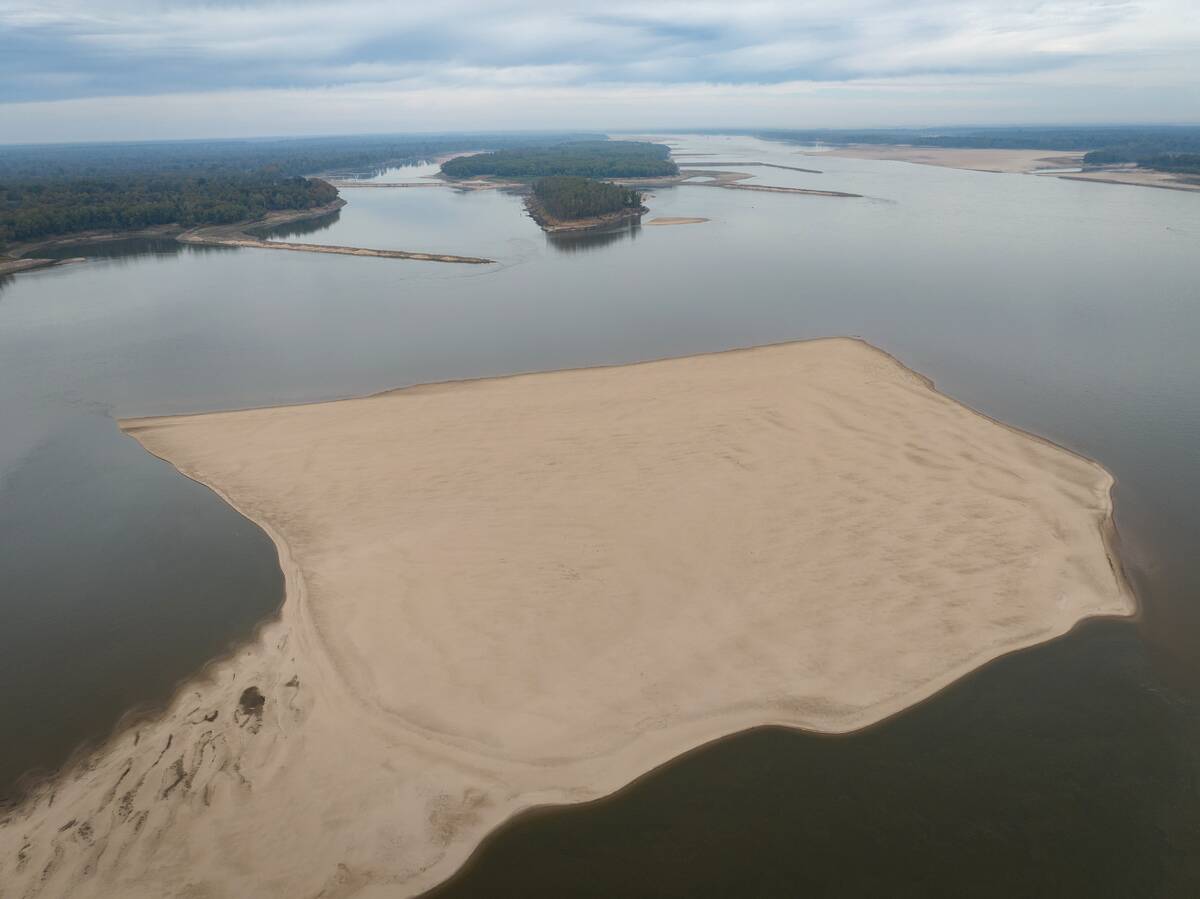
According to the Texas State Historical Association, the Sandbar Fight that took place around the Mississippi/Louisiana border began as a duel between Samuel Levi Wells III and Dr. Thomas Maddox. However, because it took place as part of a larger feud between the Wells and Cuny families, it escalated into an armed brawl between heavily armed men.
Rapide parish sheriff Norris Wright was involved and had already shot Bowie over a loan the sheriff refused to provide, so he did so again when Bowie intervened on the Cuny family’s side. This enraged him enough to draw his famous knife, and severely stabbed and cut a man named Alfred Blanchard after he and Wright shot and stabbed Bowie again. After Bowie made it out of that fight alive, men throughout the nation wanted a Bowie knife.
Bowie Used More Than One Bowie Knife
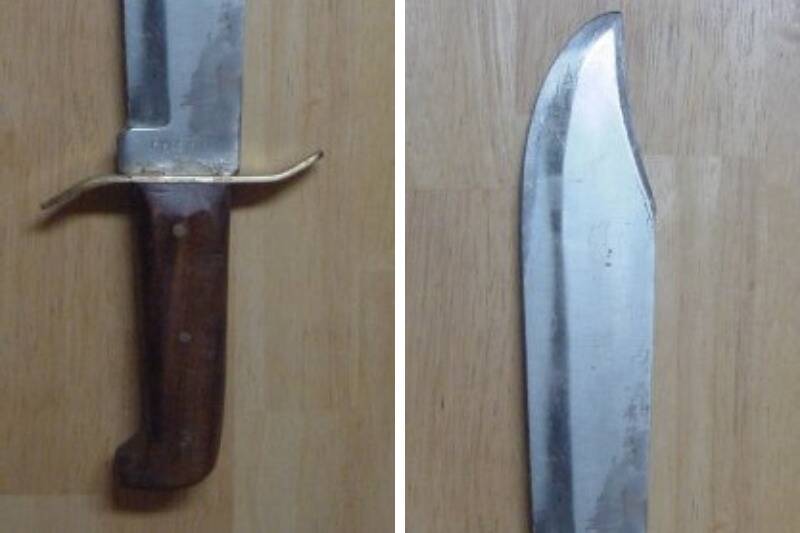
Although the knife that Rezin had made for Bowie served him well, the newfound popularity of the knife and the cottage industry arising among making them and training people how to use them wasn’t lost on the brothers. Indeed, the fact that guns misfired all the time back then made their knife seem more reliable by comparison.
So, according to the Texas State Historical Association, Rezin had a cutler named Henry Schively make a higher-quality knife based on the first one, which he then put in a silver sheath. He would end up having several more of similar quality made by Daniel Searles throughout the 1830s.
Bowie Didn’t Move To Texas, He Fled There
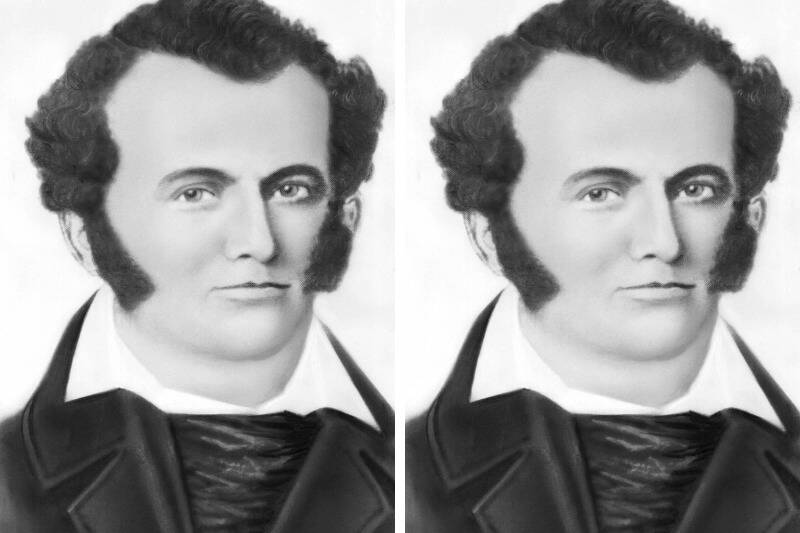
As with Davy Crockett, it’s unclear how aware Bowie was of the burgeoning Texas Revolution by the time he arrived there. However, what is clear is that he didn’t come to what was then Mexican territory to start any rabble rousing. Instead, he was evading legal trouble in the United States.
While he and his brothers profited handsomely from the land speculation they had done in Louisiana, the Alamo’s former curator and director of history, Dr. R. Bruce Winders, noted that Bowie immigrated to Texas after many of his land claims turned out to be fraudulent.
Bowie’s Land Scheme Raised Stephen F. Austin’s Hackles
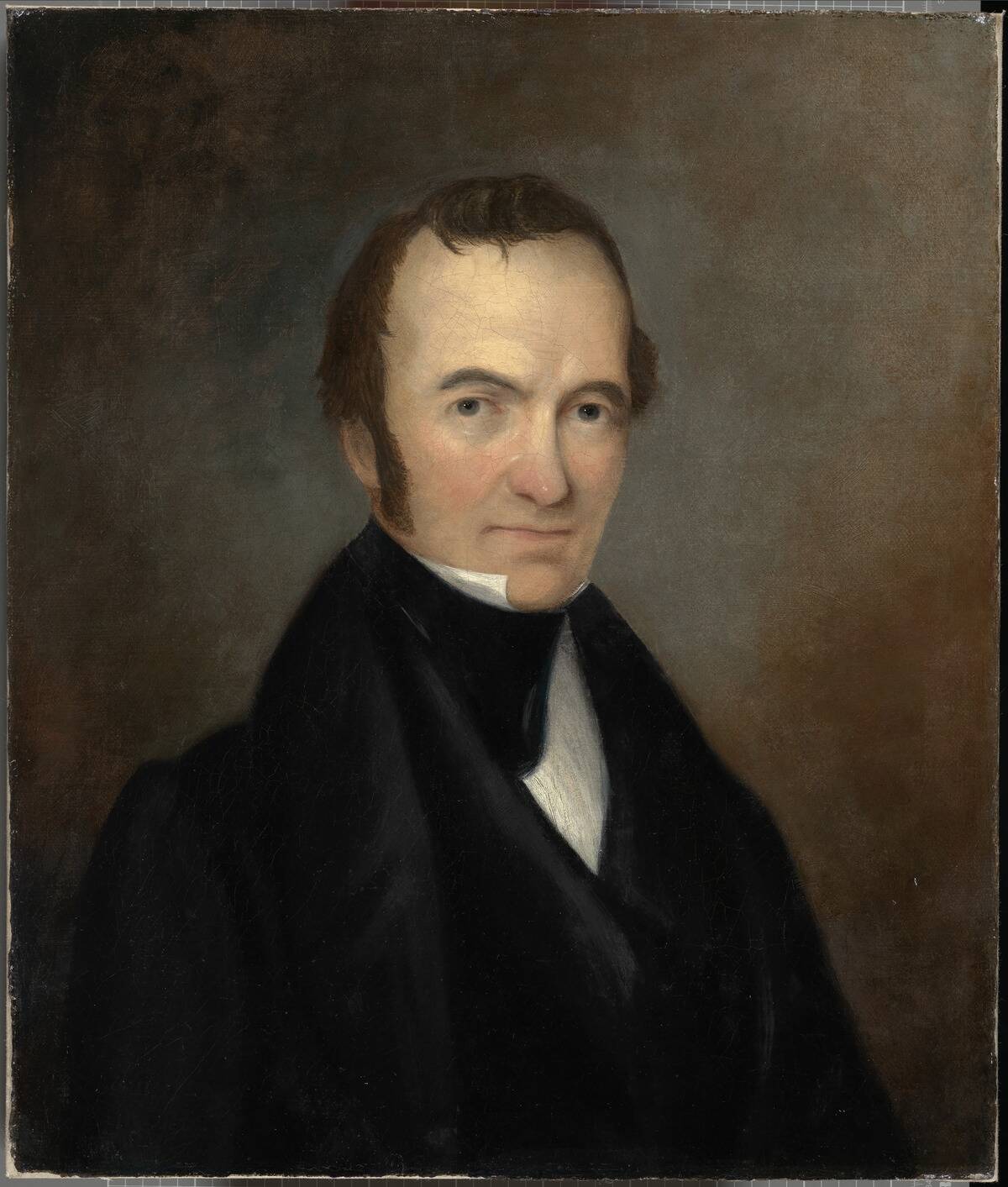
Bowie was considered a charming and generous man when he arrived in Texas, but he was also a scheming, ambitious one. According to the Texas State Historical Association, he became particularly excited when he learned of a Mexican law from 1828 that allowed its citizens grants of eleven leagues (or 48,708 acres) for between $100 and $250 dollars each.
Bowie would convince Mexican citizens to apply for these grants and then buy them off these people. In Saltillo, Texas, Bowie’s scheme would end up netting him 15 or 16 of these grants, which meant a minimum of 730,620 acres. When he further encouraged this throughout Texas, it irritated Stephen F. Austin and made him wary of any land claims Bowie made in the Austin colony, though he eventually relented.
Bowie Was Too Sick To Defend The Alamo As He Wanted
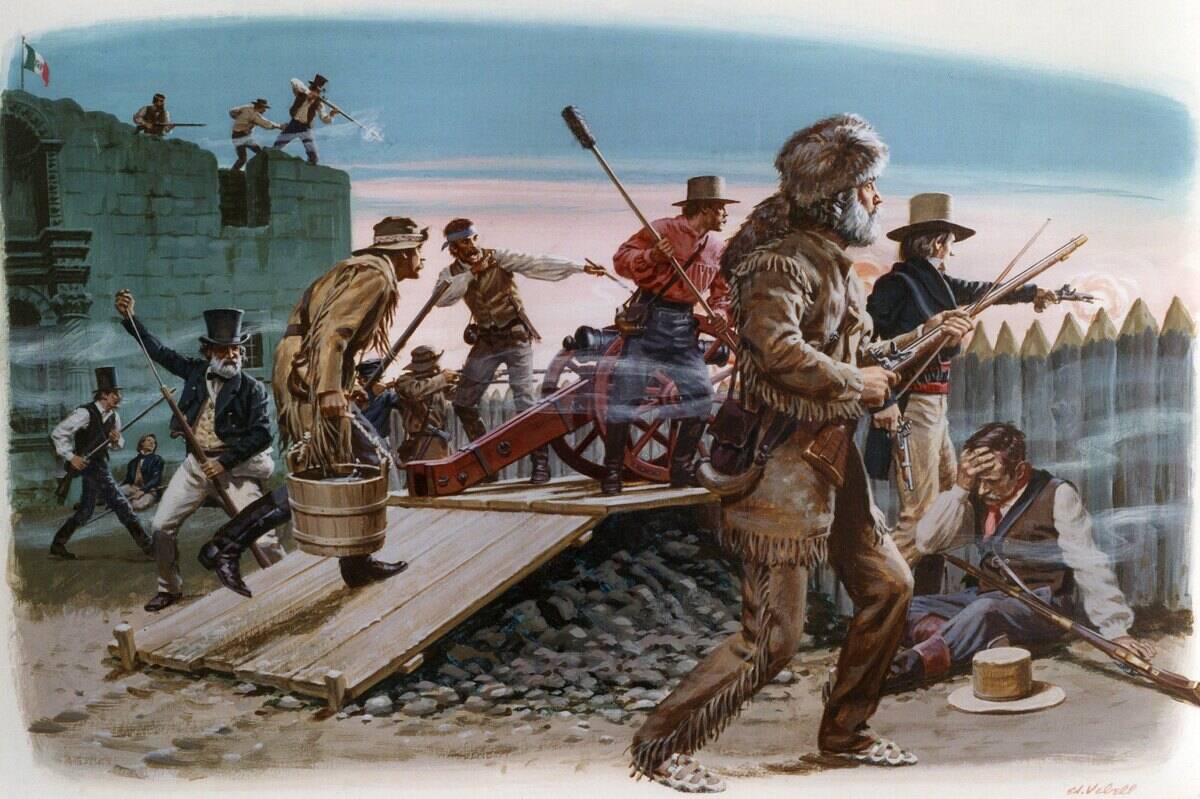
Like with many of the Alamo’s defenders, the circumstances of Bowie’s death are shrouded in mystery and conflicting reports. Either he died of illness, his own hand, in desperate, heroic combat, or while hiding. But no matter what the truth is, there’s one thing these reports can agree on.
Soon before the battle that ended a 13-day siege of the Alamo by Mexican forces, Bowie feel severely ill with what could have been pneumonia. This meant that when Mexican troops breached the Alamo’s walls, he was bedridden. Although he’s often depicted neutralizing at least two soldiers from bed with his pistols, True West Magazine noted that there’s no evidence of anyone actually witnessing this.
Bowie Often Presented Himself As Richer Than He Was
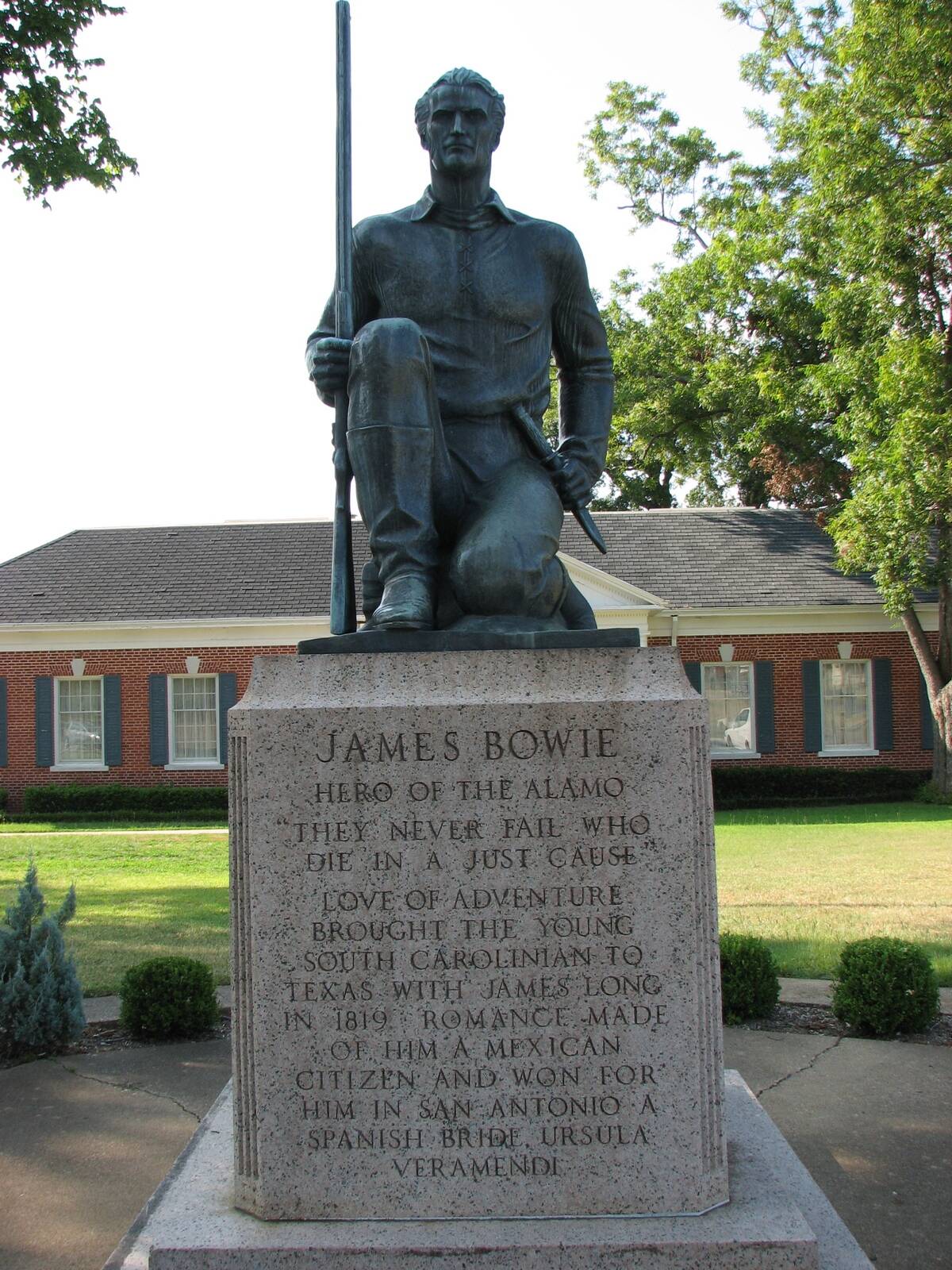
Although Bowie made a lot of money in his life, the Texas State Historical Association also described him as living in a world of debt. Thus, when he cozied up to the Veramendi family, he gave them the impression that he was a wealthy man himself.
In one example, he valued his properties at $222,800 (the equivalent of about $8.2 million today) but once again, this was partially based on fraudulent land titles. As such, he ended up borrowing $1,879 from his father-in-law and $750 from his new wife’s grandmother to fund their honeymoon in New Orleans.
Bowie Was Considered A Folk Hero And Warrior In Texas
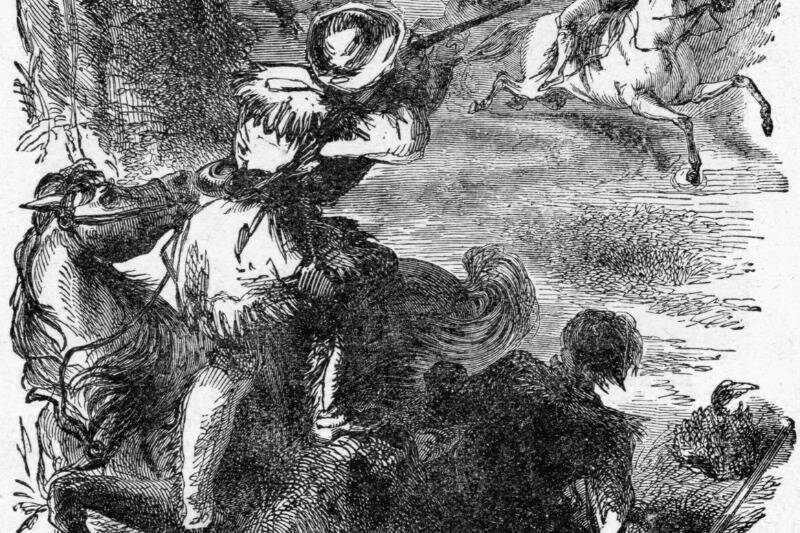
Although it’s easy to get the impression that doing business with Bowie was a risky prospect, his tenacity, wilderness skills, and aptitude in combat earned him a great deal of respect and admiration among his fellow Texans. This was particularly true after a failed expedition to uncover the treasures of a lost silver mine.
According to the Alamo’s former curator and director of history, Dr. R. Bruce Winders, Bowie’s early Texan respect came after he and a small group of prospectors held out for multiple days against a hostile and much larger band of Native Americans. That incident became famous enough to be depicted here.
The Alamo Wasn’t Bowie’s Only Battle In Texas
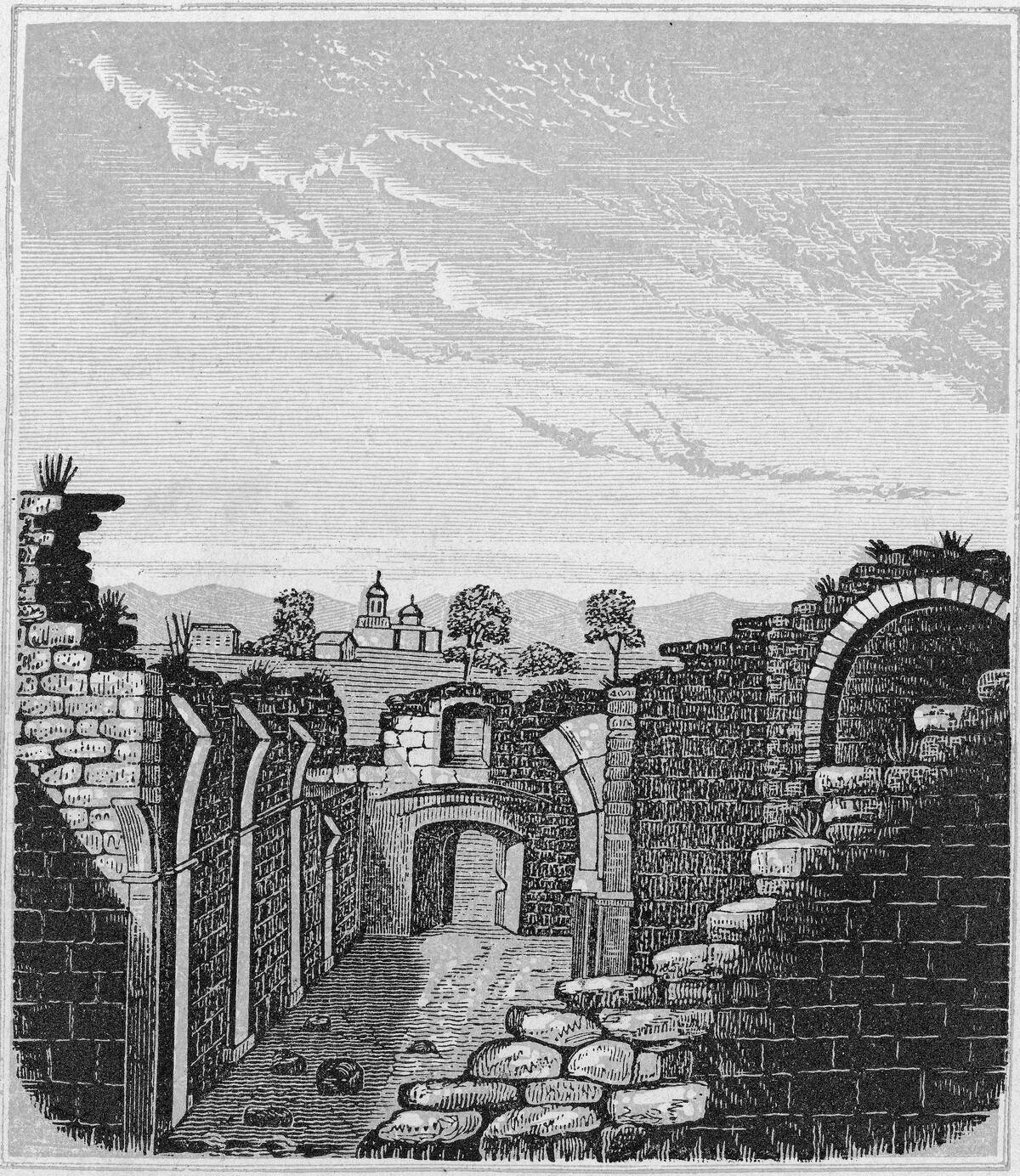
By the time Bowie was placed in command of the Alamo’s defenders, he had already distinguished himself in the Federal Army of Texas of Texas at the siege of Siege of Béxar and the Battle of Concepcíon in October of 1835. According to Dr. R. Bruce Winders, the latter case saw him and another colonel named James W. Fannin lead troops to drive off a larger group of Mexican troops and seize victory.
Although he left the Army after the Grass Fight in November, General Sam Houston requested his presence in San Antonio, where he and Lieutenant Colonel James C. Neill made the decision to defend it no matter what. As Bowie put it, “Colonel Neill and myself have come to the solemn resolution that we will rather die in these ditches than give up this post to the enemy.”
Bowie And His Brother Traded Enslaved People
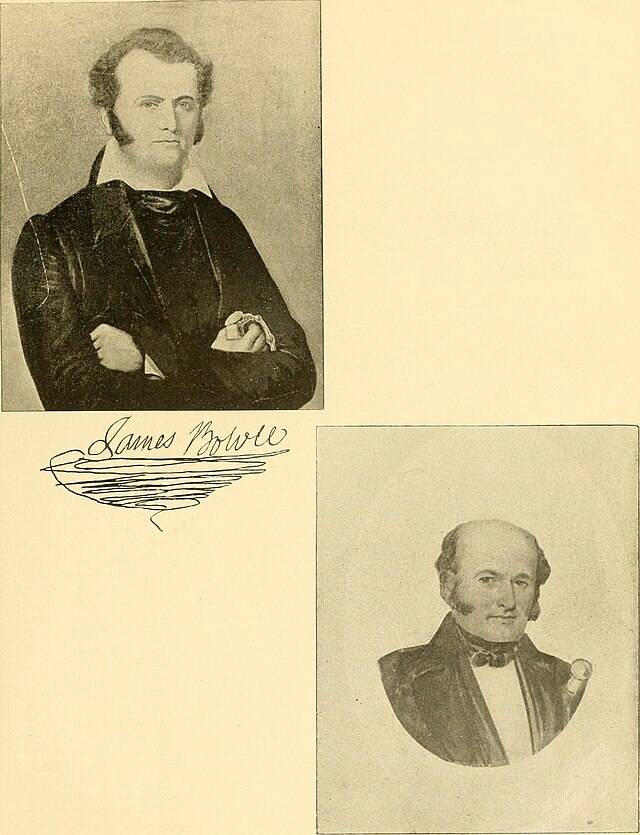
Although Bowie’s father owned enslaved people while he was growing up, he directly traded them alongside his brother after the War of 1812. According to the Texas State Historical Association, they would buy them from a pirate named Jean Laffite, who had intercepted them from the Caribbean before bringing them to his market on Galveston Island.
The Bowies also arranged for Laffite to meet them in Vermilion Bay, whereupon they would transport the enslaved people to St. Landry Parish. Although the brothers eventually left that trade, that wasn’t until they made $65,000, which amounts to approximately $1.7 million today.
Bowie And His Brothers Had Their Own Plantation
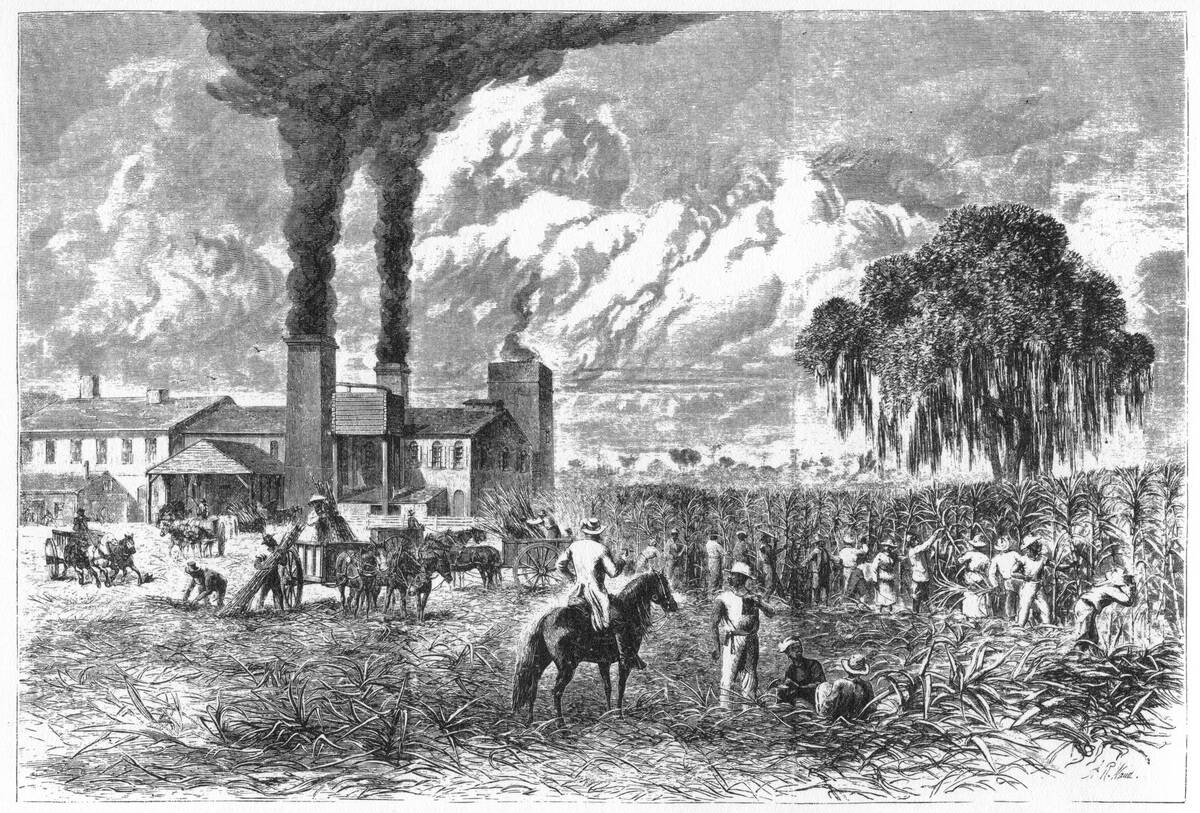
Although Bowie and Rezin stopped involving themselves in the direct trade of enslaved people, that doesn’t mean they stopped having them in their lives. In the late 1820s, they joined their brother Stephen in establishing the Arcadia sugar plantation near the town of Thibodaux, Louisiana.
Spanning 1,800 acres, Arcadia was known to host the first steam-powered sugar mill in Louisiana. By the time they sold the property on February 12, 1831, there 82 enslaved people working there and they earned $90,000 for the sale, which is the equivalent of $3.1 million today.




